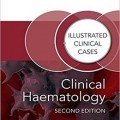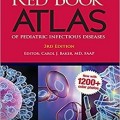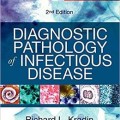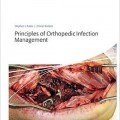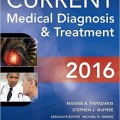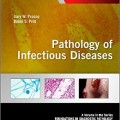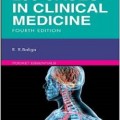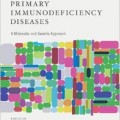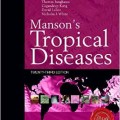دانلود کتاب عفونت در بیمار دچار نقص سیستم ایمنی: رویکرد بر اساس مورد مصور
Infections in the Immunosuppressed Patient: An Illustrated Case-Based Approach, 3ed
Infections in the Immunosuppressed Patient offers an illustrated, case-based matrix for treatment of infections across all types of immunosuppressed patients. As the challenges of managing these infections continues to evolve, this collection offers lucid, authoritative guidance to diagnosing and treating these infections effectively.
Comprising 81 cases from leading experts across specialties, this collection offers a guide to both common and uncommon presentations of infections in:
· Cancer patients
· Solid-organ transplant recipients
· Stem-cell recipients
· Patients on immunosuppressive drugs
· Patients with other immunosuppressive conditions
Supplemented with rich color illustrations and insights from more than 100 experts, Infections in the Immunosuppressed Patient is the new benchmark reference work for treatment of these difficult cases.
The Book consists of five Sections – areas recognized as common clinical categories of patients with impaired immunity. Case stories included are carefully handpicked not to describe the extraordinary or esoteric, but to highlight the varied presentations of common as well as unique pathogens. Despite the pathogen often being the same, dramatically different perspectives and presentations are demonstrated across the Sections. The overlap of pathogens seen among the different Sections is intentional to emphasize the subtle variations in presentations seen among the different hosts. The goal of the book is for the reader to appreciate and hopefully adopt the appropriate approaches toward common clinical scenarios that are played out daily around the world, in the ambulatory clinics and in the hospital wards caring for patients with uniquely compromised immune systems. Almost through each case history in the Book, six fundamental concepts for successful management are repeated. Firstly, it is critical to recognize the roles played by the underlying illness of the host, the robustness or frailty of the host immunity and the therapies administered, in the etiology of infection; consideration of such factors need to be attended to in diagnosis as well as therapy. Secondly, unlike in the competent host, both common and uncommon pathogens are at play in the compromised host, thus making the list of differential diagnoses long and establishing an early accurate diagnosis difficult. Thirdly, several non-infectious entities may mimic clinical syndromes of infection. Failure to recognize this possibility frequently leads to unnecessary diagnostic invasive and non-invasive procedures and administration of potentially toxic medications, further compromising the health of the already frail host. Fourthly, choice of the appropriate diagnostic or therapeutic procedures, invasive or non-invasive, requires clinical wisdom. The urgency of establishing an accurate diagnosis needs to be weighed against the risks involved with the procedure(s). “Econotoxitiy” from hospitalization, cost of procedures and cost of medications is not to be trivialized. Fifthly, it is always wise to avoid empiricisms in therapy; however, in critically ill patients or in whom invasive procedures may be precluded, empiricism may be the smart or only choice. While recognizing that antimicrobial resistance is widespread in wards housing compromised hosts, broad spectrum empiric therapy may often is inevitable. Under such circumstances, the duration of empiric therapy needs to be questioned incessantly. Finally, timing of appropriate intervention based on sound clinical judgement is crucial for a good outcome – not too early, not too late. By design, the book does not include infections in the HIV-infected population and in patients with primary immunodeficiencies. Hopefully, these may be addressed in the future. I am most indebted to the Section Editors. These are experts with tremendous insight and wisdom and have carefully chosen the “perfect” cases. My sincere thanks to the case authors for their lucid descriptions combined with wonderful illustrations. The publisher, Oxford University Press, was most supportive of this project, right from its inception. I am grateful for their encouragement, help and most importantly, patience.
About the Author
Contents
Section 1: Infections in Cancer Patients
Section 2: Infections in Solid Organ Transplant Recipients
Section 3: Infections in Hematopoietic Stem Cell Transplant Recipients
Section 4: Infections in Patients Receiving Immunosuppressive Drugs
Section 5: Infections in Patients With Immunosuppression Due to Miscellaneous Conditions
لینک کوتاه : https://bookbaz.ir/?p=24754
نویسنده : Pranatharthi H. Chandrasekar
ناشر : Oxford University Press; 1 Ill edition
سال انتشار : 2016
زبان کتاب : انگلیسی
نوع فایل : PDF
تعداد صفحات : 424
(ISBN) شابک : 0199938563
قیمت کتاب درآمازون : $145.45
حجم فایل : 8 MB
















